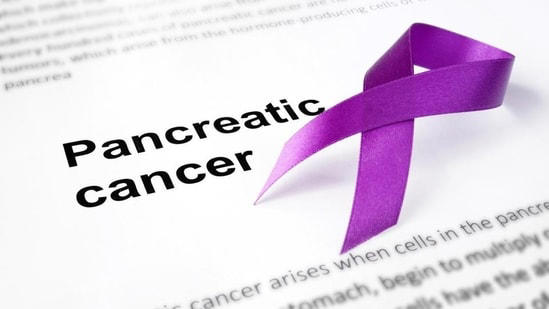PrismNN, a revolutionary risk prediction model developed by Harvard and MIT, is a game-changer in cancer prevention since it can identify high-risk individuals early and greatly increase the diagnosis rate of pancreatic cancer. Because the disease is often detected too late, the five-year survival rate for pancreatic cancer is only 11%. However, a novel tool created by MIT and the Harvard-affiliated Beth Israel Deaconess Medical Center utilizes electronic health records to identify high-risk patients up to 18 months before diagnosis, catching 3.5 times more cases than recommended.
The study received funding from multiple organizations due to its encouraging findings, and PrismNN intends to increase screening beyond the 10% of people who have an inherited susceptibility. Surgical gastroenterologist and GI oncosurgery consultant Dr. Imran Shaikh of Wockhardt Hospitals on Mumbai’s Mira Road said in an interview with HT Lifestyle that “the use of PrismNN model in the diagnosis and treatment of pancreatic cancer has immense potential to improve patient outcomes.” PrismNN is able to provide more precise pancreatic tumor detection and classification through the use of deep learning algorithms and medical imaging data, enabling earlier diagnosis and intervention.
“This could enable timely access to appropriate treatments and interventions, which could lead to a significant improvement in patient survival rates,” he exclaimed. Furthermore, the PrismNN model’s prediction powers can help tailor treatment regimens for specific individuals according to their particular tumor features. This could ultimately improve the patients’ quality of life while undergoing therapy by enabling them to obtain customized therapies that are more effective and have fewer negative effects. PrismNN’s capacity to learn from real-world data offers prospects for continual cancer treatment improvement, opening the door to more targeted therapies and improved long-term results for patients with pancreatic cancer.
Dr. Lorance Peter, Director of Hepatology and Gastroenterology at Sakra World Hospital in Bengaluru, contributed his experience to the topic by outlining the following 10 facts about the PrismNN model and cancer detection:
- Creative Collaboration: By integrating knowledge in computer science and medical research, Limor Appelbaum from BIDMC and scientists from MIT CSAIL created the ground-breaking risk prediction model PrismNN.
- EHR Integration: By evaluating extensive patient data, it uses electronic health records to detect people at risk of pancreatic cancer up to 18 months before diagnosis, outperforming traditional screening techniques.
- Early Detection Emphasis: PrismNN expands the screening scope and emphasizes early detection to provide prompt interventions and improve patient outcomes, as contrast to protocols that are exclusively focused on genetic variables.
- Diverse Impact: PrismNN’s success has extended to a larger spectrum of tumors, despite its primary focus being pancreatic cancer. This indicates its potential to increase cancer detection and therapy across a variety of malignancies.
- Global Significance: PrismNN’s capabilities, especially in areas with limited access to specialized screening resources, offer the possibility for improved global outcomes by aiding early diagnosis and intervention.
- Scalable Deployment: PrismNN makes risk prediction tools available to a wide range of populations and healthcare systems through the scalable deployment of routine clinical data.
- Interdisciplinary Approach: It is an example of an interdisciplinary approach to cancer detection, combining medical research, computer science, and healthcare to create ground-breaking answers to pressing healthcare issues.
- Constant Evolution: It is subjected to ongoing research and development to improve its efficacy and predictive accuracy in cancer diagnosis, bringing fresh perspectives and data to propel oncology breakthroughs.
- Promise for the Future: PrismNN has the potential to transform cancer diagnosis and therapy, providing hope for better results and a higher standard of living for people all across the world with continued improvements and refinements.
- Expertise Integration: PrismNN integrates state-of-the-art technology with clinical expertise to produce significant results thanks to the cooperation of MIT CSAIL scientists and medical specialists such as Limor Appelbaum.
